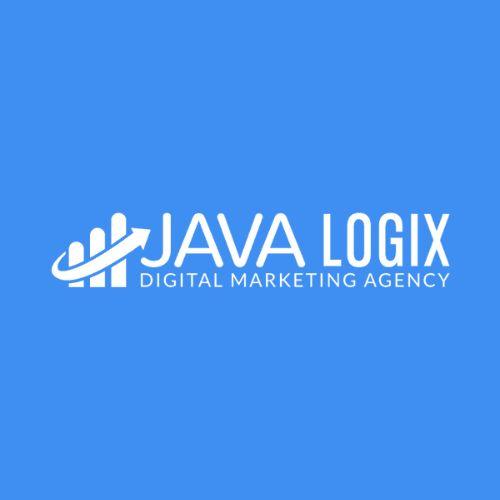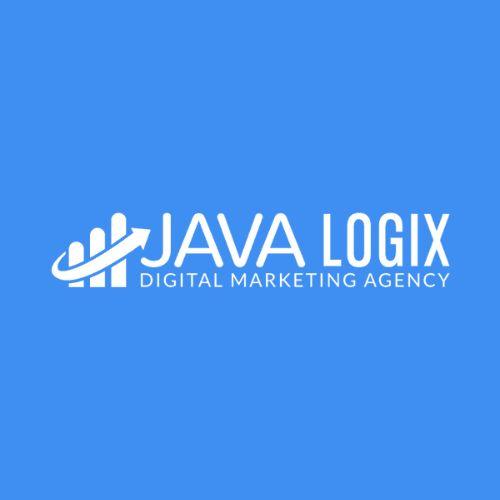Notifications

9 minutes, 41 seconds
-63 Views 0 Comments 0 Likes 0 Reviews

Whether you're a startup, freelancer, or local shop owner, having a website is no longer optional—it’s your digital storefront. A website helps customers find you, trust you, and buy from you. It's how modern businesses stay competitive, even on a tight budget.
Many people believe professional websites cost thousands. And while custom-coded, enterprise-level sites can get pricey, there’s a huge middle ground—affordable website design—that offers stunning results without the eye-watering bill.
“Affordable” doesn’t mean cheap or low-quality—it means cost-effective. A well-designed $800 site that brings in customers is far more valuable than a $100 site that no one visits.
Prices can vary based on:
It's important to budget for both the initial design and ongoing needs like:
Your site must look and work great on phones and tablets. With over half of web traffic coming from mobile devices, responsiveness is a must—not a luxury.
A slow site sends people running. Affordable sites should be optimized for speed, using compressed images, clean code, and lightweight themes.
Visitors shouldn’t have to hunt for info. A good layout includes a simple menu, clear sections, and intuitive design.
Want people to call you, sign up, or buy something? Your site needs eye-catching CTAs to guide visitors toward your goals.
Even a low-cost website should follow SEO basics: proper headings, meta descriptions, fast loading, and mobile-first design.
The king of flexibility. WordPress is ideal for blogs, portfolios, business sites, and more. You can use free or premium themes and plugins to customize your site without touching code.
A great drag-and-drop option for beginners. Wix is easy to use, comes with built-in hosting, and offers stylish templates for quick launches.
Known for stunning design templates and all-in-one packages, Squarespace is great for creatives, photographers, and small shops.
If you're selling online, Shopify is affordable, easy to manage, and built specifically for eCommerce—even if you're just starting out.
Some designers include domain registration and hosting setup. If not, they’ll guide you through it.
Most affordable packages use templates (either pre-made or customized) to keep costs low but results high-quality.
Expect things like:
You’ll usually get pages like:
Freelancers are often more affordable and flexible, while agencies offer broader support and faster turnaround. Your choice depends on your budget and timeline.
Review live examples of their work. Make sure their past designs feel modern, responsive, and easy to navigate.
Real feedback tells you what it’s like working with them—especially regarding communication, deadlines, and support.
Will they walk you through the process? Will they make updates post-launch? Good support makes a huge difference in value.
Pros:
Cons:
If your website is for business, your online presence matters. Hiring a pro ensures a faster, better-looking, and more functional site that helps you grow.
Instead of custom designs, go with a sleek template that fits your brand. A little customization goes a long way.
Launch with 3–5 core pages. Add blogs, testimonials, and other features later as your business grows.
Use content from your brochures, social media, or old websites. It saves time and copywriting costs.
Many designers offer flexible payment options—split the cost into two or three parts instead of one large bill.
You get what you pay for. Going with the lowest bidder without checking their past work can backfire.
In today’s world, not being mobile-friendly means losing half your potential customers.
Keep it clean and focused. A crowded website confuses users and slows down load times.
An outdated or broken site damages credibility. Make sure your site stays updated, secure, and functioning smoothly.
Local businesses can benefit from simple yet powerful websites that showcase services, testimonials, and contact info.
Whether you’re a photographer, writer, or coach—a polished personal site builds authority and attracts opportunities.
Affordable web design helps non-profits share their mission, accept donations, and mobilize volunteers without wasting funds.
Affordable doesn’t mean basic. Shopify and WooCommerce offer scalable, secure ways to launch your store even on a budget.
Affordable doesn’t mean settling for less. With the right strategy, platform, and designer, you can launch a beautiful, functional website that supports your goals—without draining your budget. The digital world waits for no one, so make that investment now and start building your online presence the smart way.
Yes! Especially with template-based designs or using platforms like Wix or WordPress, you can launch a great-looking site within this range.
Simple websites can be completed in 1–3 weeks, depending on content readiness and design revisions.
Templates are great for affordability and speed. Go custom if you have unique needs or branding requirements.
Absolutely. Most platforms and designs are scalable, allowing you to add features or redesign later as you grow.
WordPress is the most flexible and widely used. For ease of use, Wix and Squarespace are excellent too. Shopify is perfect for affordable eCommerce.

